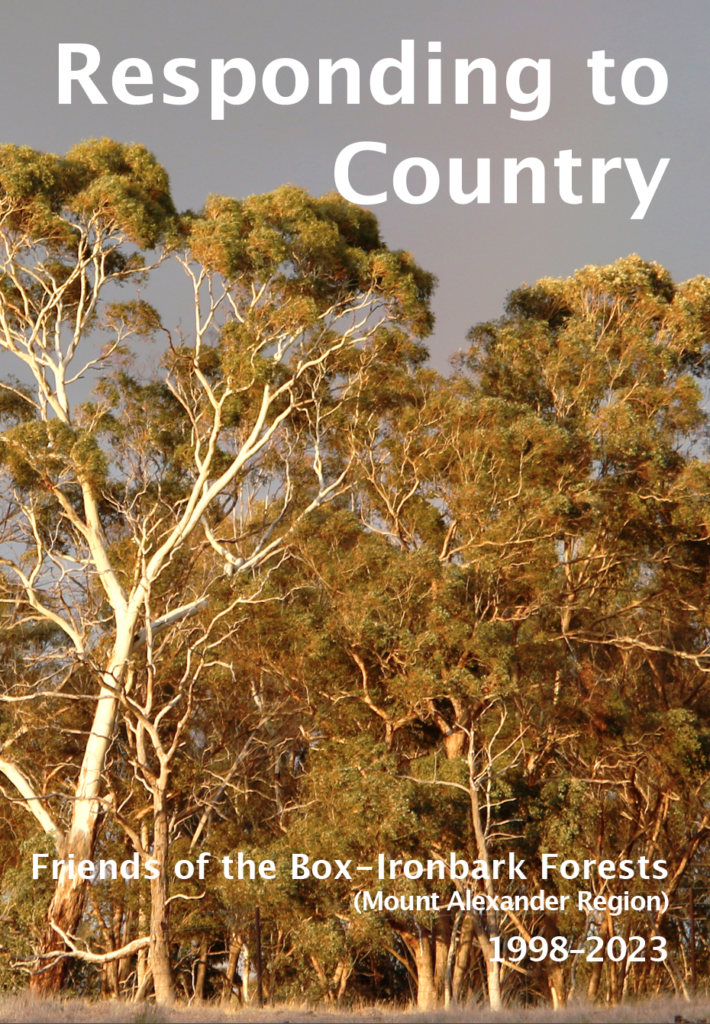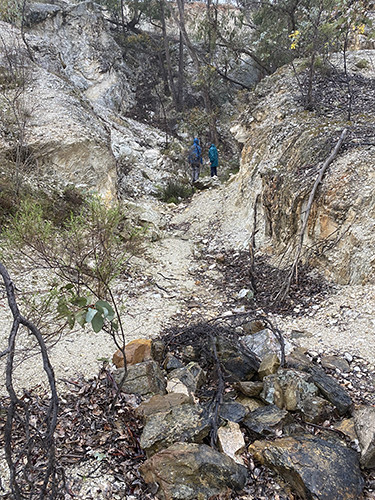The Victorian Environment Assessment Council has named areas in six National and State Parks where prospecting could be permitted. This is in addition to areas where this activity is already allowed—like State Forests and other tracts of public land (including Castlemaine Diggings NHP).
VEAC had no option but to recommend some extension of the areas available to prospectors [see our Post], but the impression you get from its very interesting Report is that the Council was extremely reluctant to oblige. It’s clear from the
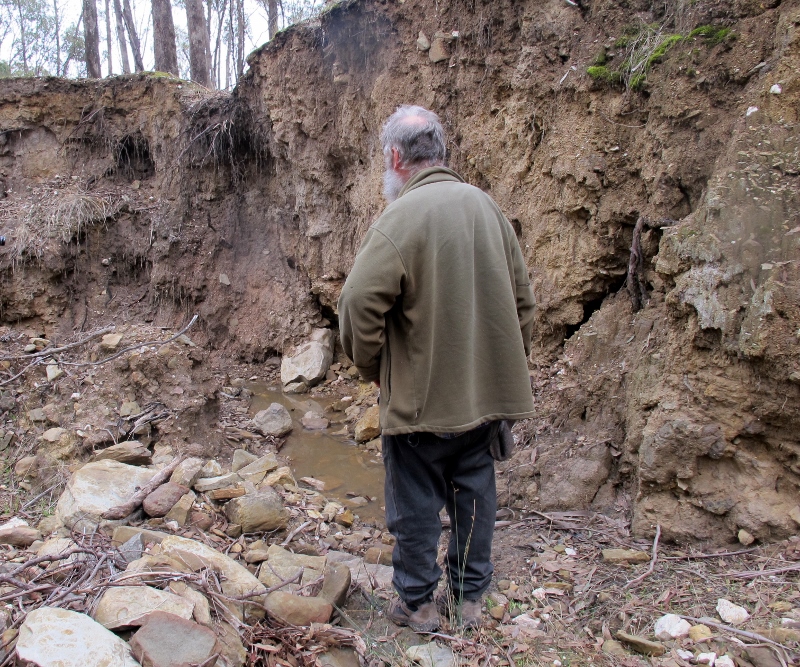
Doug Ralph surveys prospector gouging in Dirty Dick's Gully. It's clear from the VEAC report that supervision and monitoring of prospecting is inadequate or non existent.
Report that prospecting does damage the environment, and that it’s incompatible with the primary purpose of National Parks, which is nature conservation. VEAC was obviously convinced that a significant number of prospectors do not observe their code of practice, and the report contains testimony from water and heritage bodies that the activity is a threat in both those areas. Even when it is properly done, prospecting is not exactly benign:
‘While the Council considers that prospecting can be carried out in ways that minimise impacts on the natural environment, it is aware that there are also instances of inadvertent disturbance to flora and fauna. Even when holes are immediately and carefully filled in after prospecting, the soil structure and the biota are disturbed in the immediate area.’
Our photos below are an illustration of this fact. Continue reading


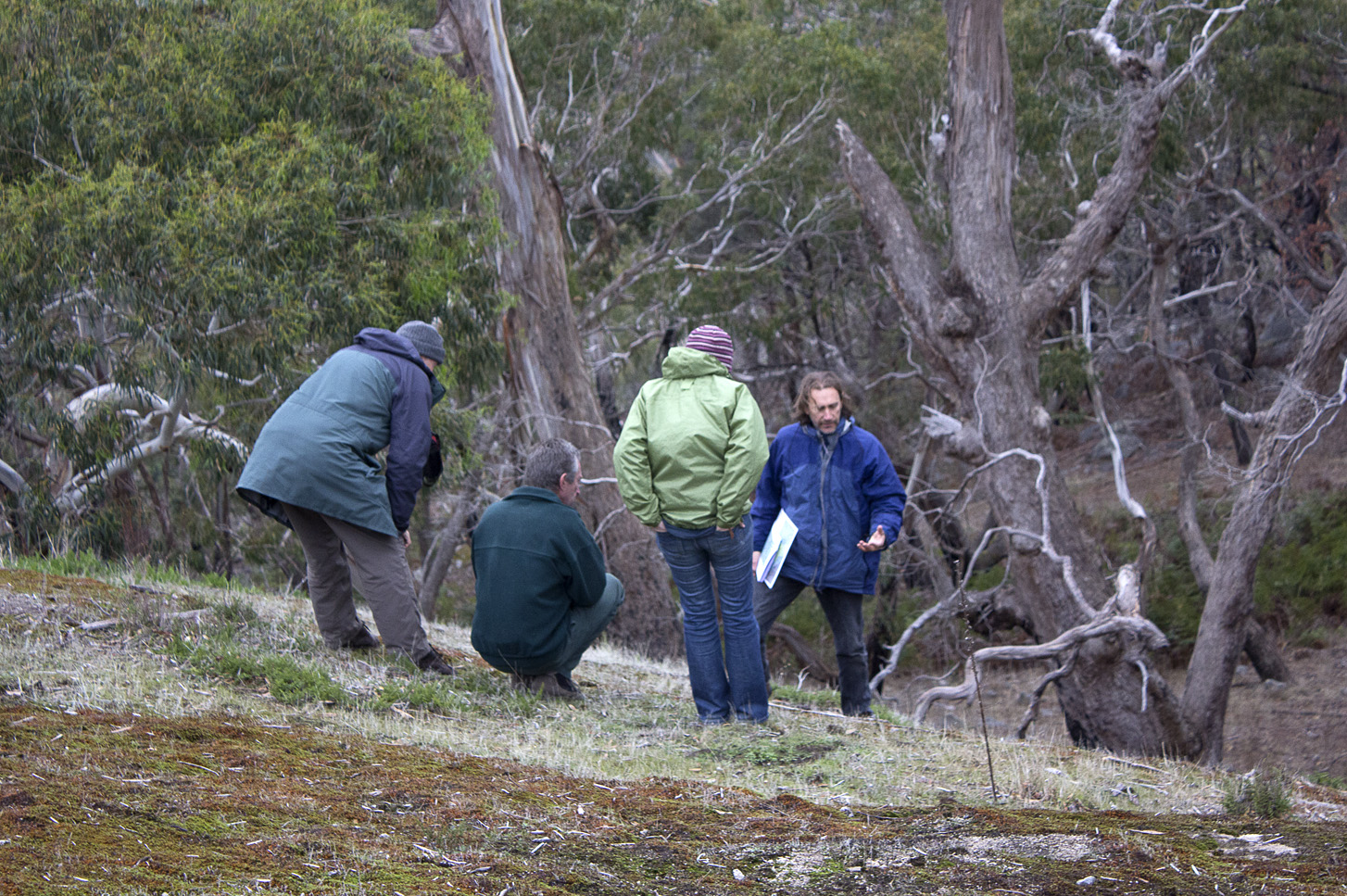
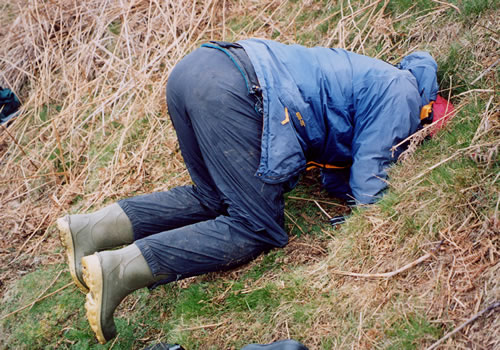
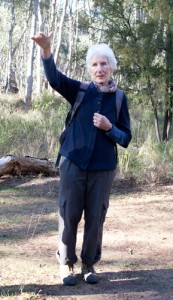

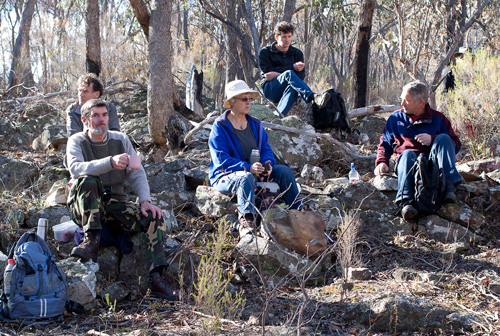
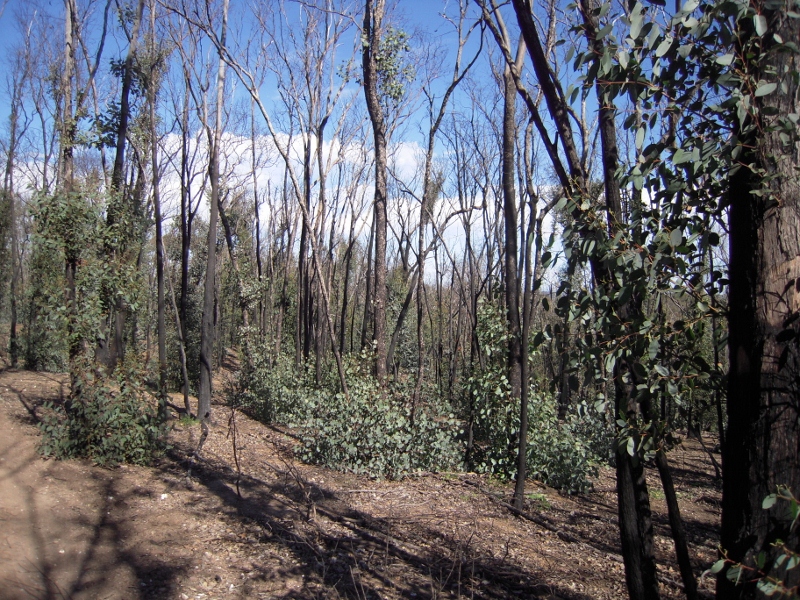
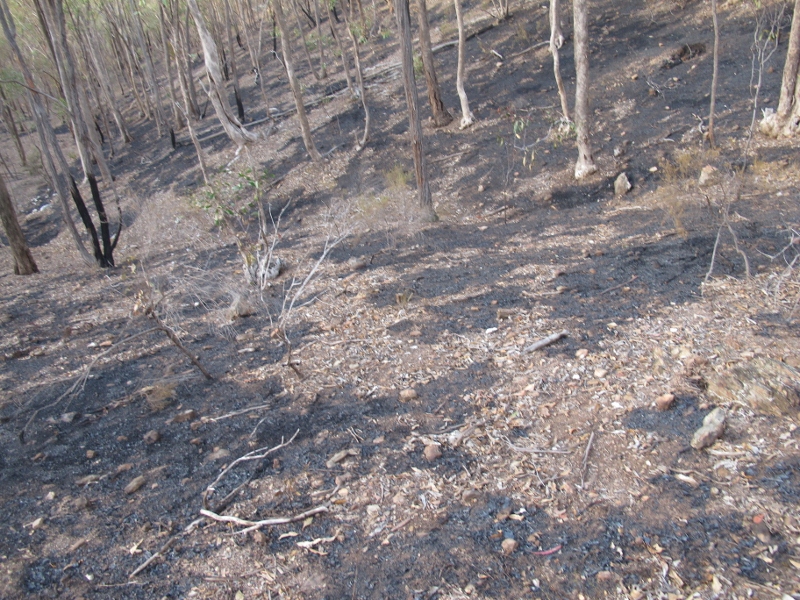
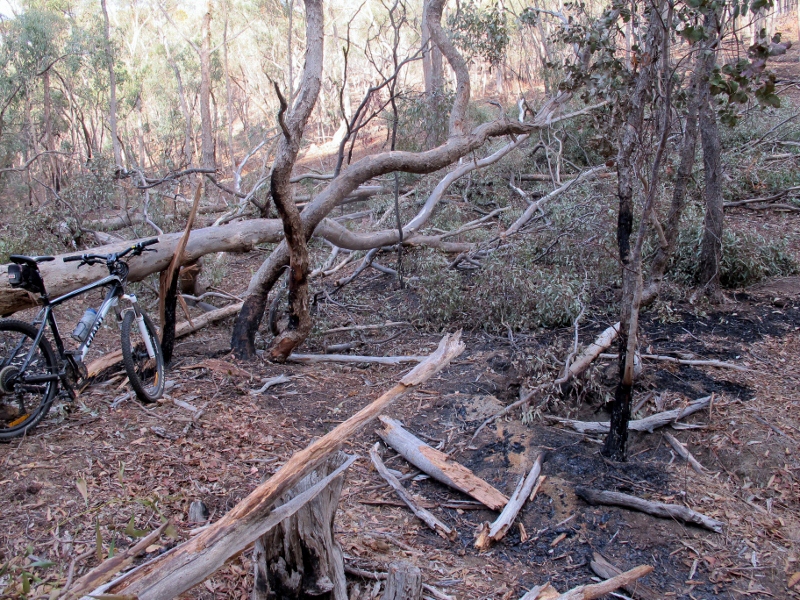
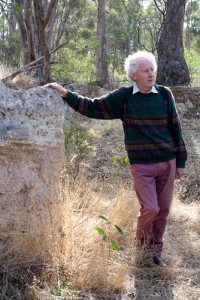

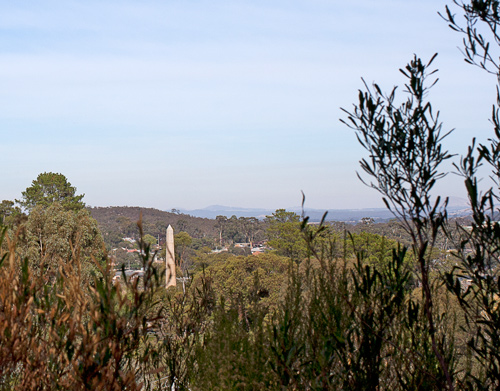





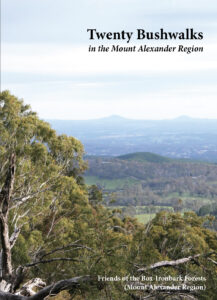
 Click on image for info/order page
Click on image for info/order page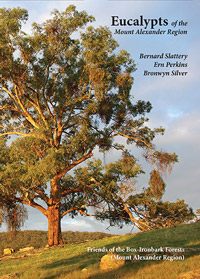 Click on image for info/order page
Click on image for info/order page Click on image for info/order page
Click on image for info/order page
